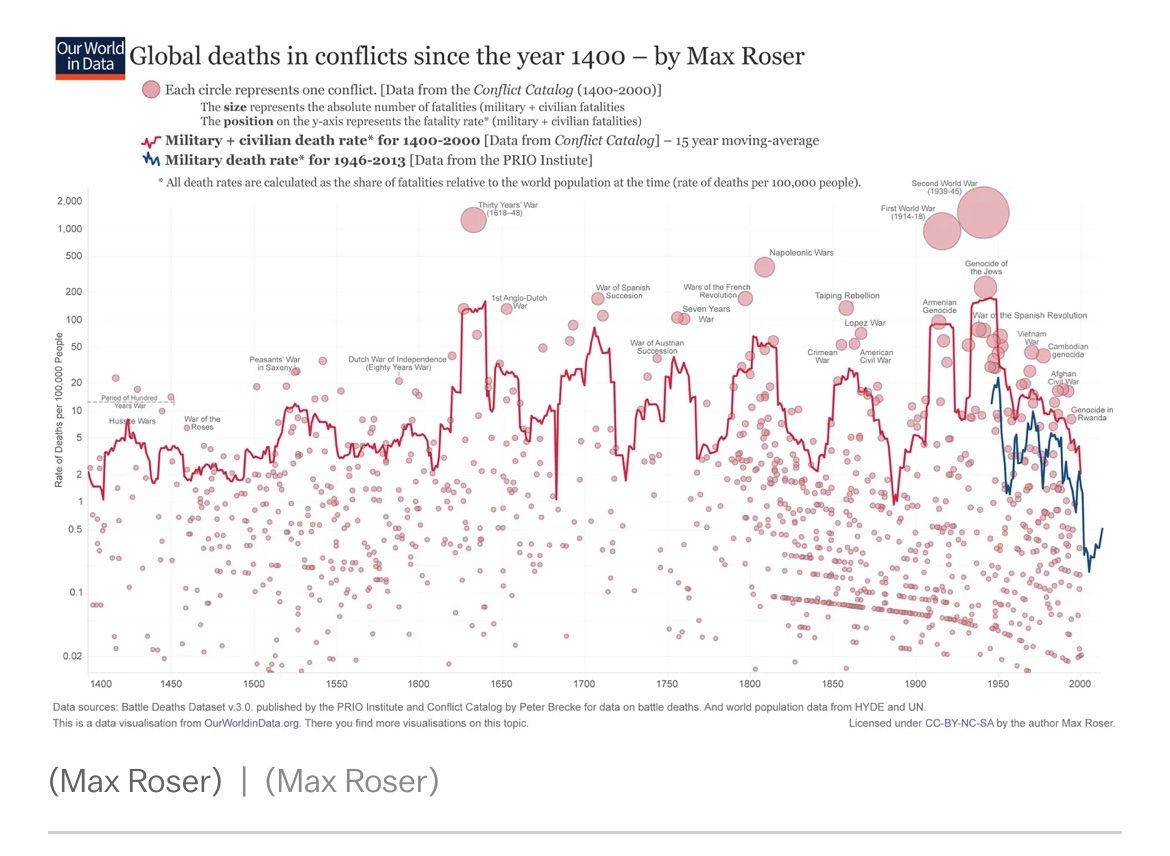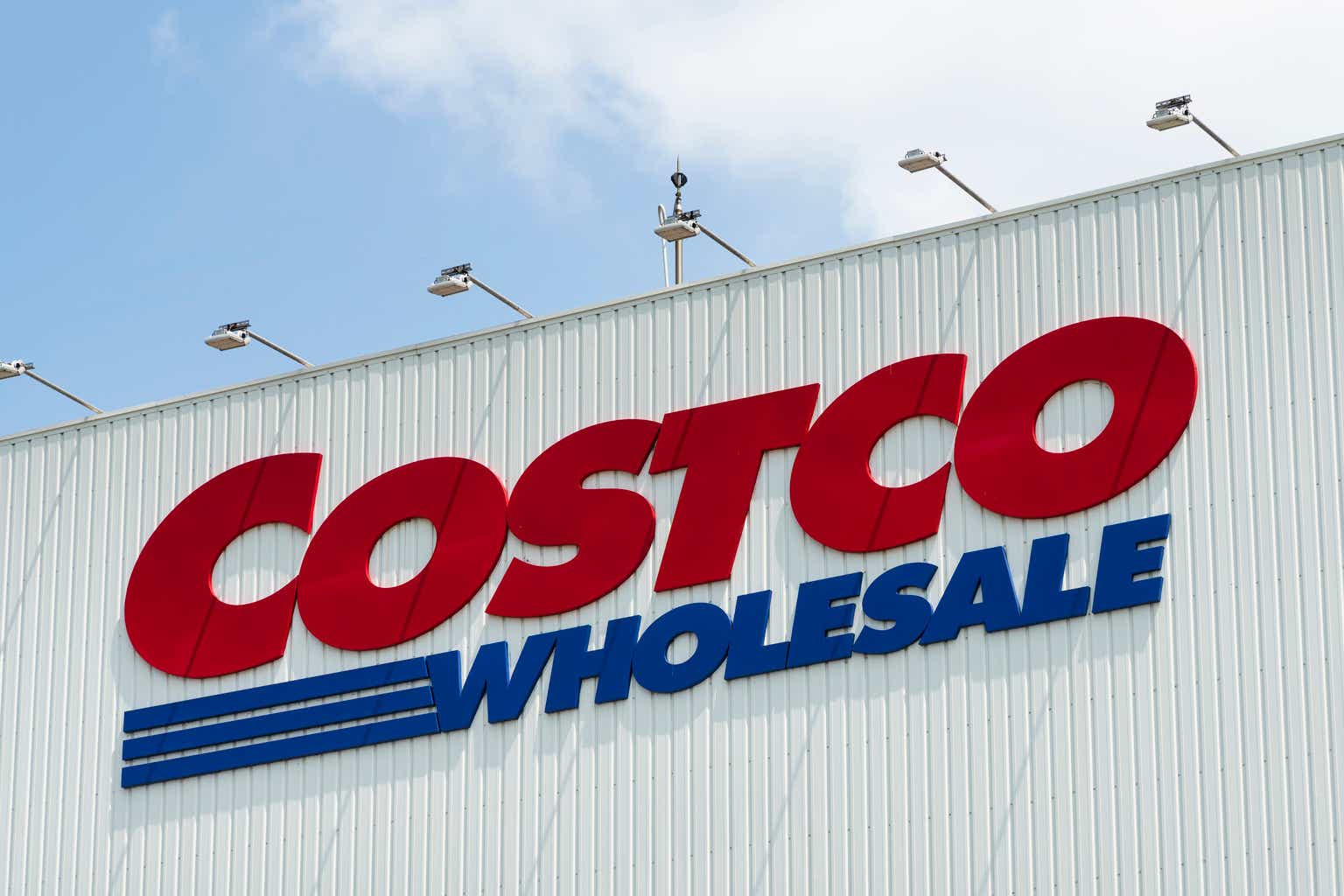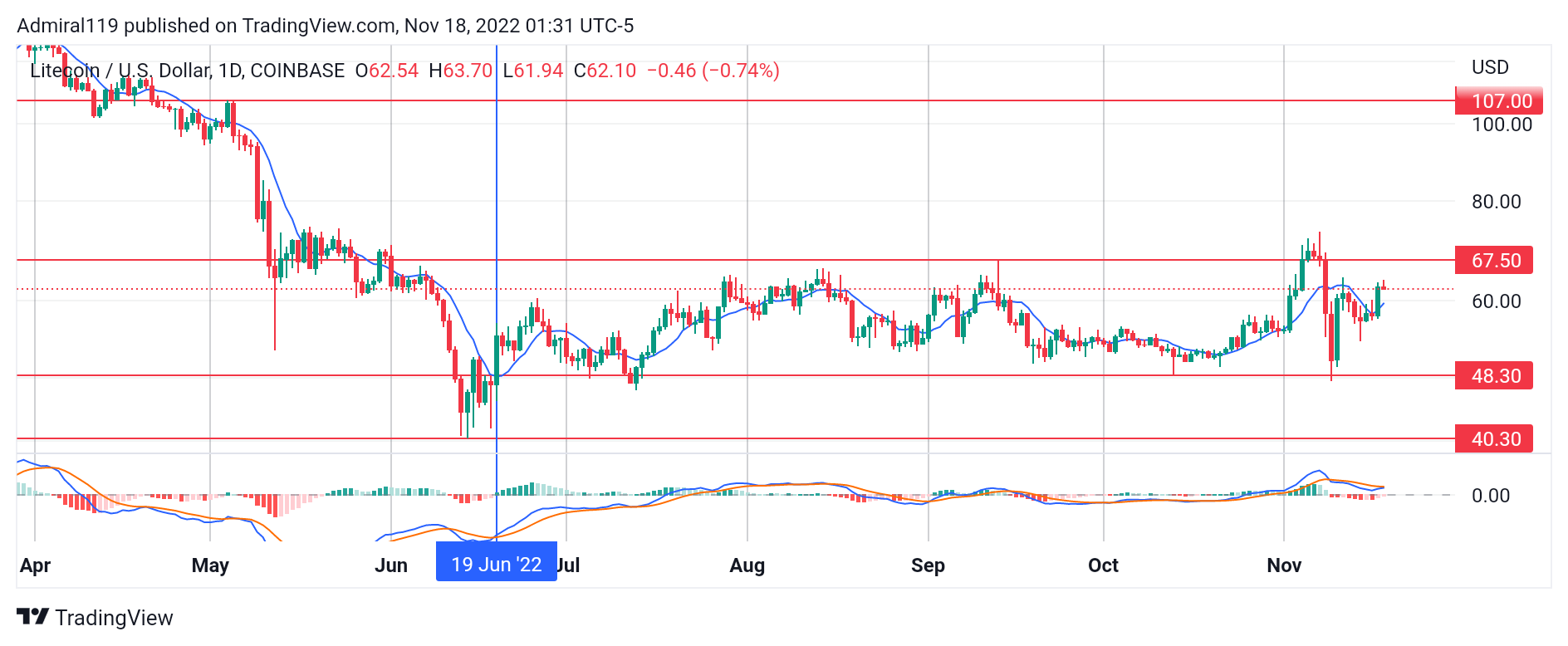Parradee Kietsirikul
At the start of 2021, I called Autodesk (NASDAQ:ADSK) a quality play, albeit at a very steep price. The company was nearing the completion of its transition towards a subscription-based business model, and while this was to be applauded, a 100 times realistic earnings multiple looked too rich to me, leaving me cautious, perhaps bearish on the stock.
Over the nearly three years that followed, shares are down a third while the business has seen solid (earnings) growth, creating a more compelling situation here, although this still remains a highly valued stock here.
Autodesk – A Giant In Design & Construction
Founded in the 1980s, Autodesk and its landmark product AutoCAD software product is used to create smarter designs in many building, engineering, and design applications.
For the year 2020, Autodesk posted a 27% increase in sales to nearly $3.3 billion, as growth was accelerated thanks to the pandemic, as well as the further transition towards the subscription-based model, both driving growth. Furthermore, billing and deferred revenues kept creeping higher.
On these revenues, the company posted operating profits of $350 million, with some 4.5 million subscribers (of a total of 4.9 million subscribers) being billed on a subscriber plan.
Through 2020 the company kept growing as the guidance called for revenues of $3.8 billion in the fiscal year 2021 (as of the third quarter) with adjusted earnings seen around $4 per share, as GAAP earnings were seen at $2 per share. An examination of the reconciliation items shows that the gap between both earnings metrics was almost entirely explained by stock-based compensation expenses. Subsequently, I saw realistic earnings only coming in around $2.50 per share.
With shares trading around the $300 mark, the company was valued at $66 billion, which came amidst a flattish net cash position. This valued the business at 18 times sales and over 100 times realistic earnings, as growth rates (in terms of billings) were rapidly coming down, making me very cautious to get involved.
Tough Times
Fast forwarding nearly three years in time, we see shares down to $205 per share at this moment of writing, as a 30% fall over a nearly three-year time window is of course disappointing for investors, but given the premium valuation early in 2021, I cannot say that I am surprised.
On the corporate front, it has been rather quiet this year, as the company reported its fiscal 2023 results in February of this year. Reported revenues for the year rose by 14% to $5.00 billion, with billings reported up 20% to $5.80 billion. GAAP operating profits improved 60% to $989 million. This meant that GAAP earnings rose from $2.24 per share in 2022 to $3.78 per share in 2023, with growth on this metric being aided by modest buybacks as well.
Adjusted earnings were reported at $6.63 per share, but other than some relatively minimal amortization charges, the discrepancy relates largely to stock-based compensation charges, with realistic earnings just surpassing the $4 earnings per share mark, as the company maintained its flattish net cash position.
The 2024 outlook was not convincing with billings seen down about 12% to $5.10 billion, plus or minus $75 million, as revenues were basically seen up around 8% to $5.4 billion. Adjusted earnings were originally seen between $6.98 and $7.32 per share, as the midpoint of $7.15 per share suggests modest earnings per share growth.
This earnings guidance was hiked to $7.07-$7.41 per share following the release of the first quarter results, with the guidance hiked further to $7.30-$7.49 per share following the release of the second quarter results.
In November, Autodesk reported third quarter results with full-year sales now seen between $5.45 and $5.465 billion, with billings seen at a midpoint of $5.125 billion. Adjusted earnings are now seen at $7.46 per share, plus or minus three cents, as the company continues to maintain a net cash potion around the flat line.
Expectations Come Down
A share count of 216 million shares now values the equity of the company at $44 billion at $205 per share. This values the business at around 8 times sales here, as the situation is a bit different now than it was the case in early 2021.
For starters, shares are down nearly a third, but the bigger driver is that realistic earnings have risen from around $2.50 per share to $4 per share, or even a bit more.
This means that while an 18 times sales multiple has fallen to about 8 times and a more than 100 times earnings multiple has fallen to about 50 times earnings, expectations remain elevated here.
So with the share price action down to the pre-pandemic levels, it is obvious that valuations have come down a long way, but still represent nosebleed valuations here.
What Now?
While the very steep premium has come in somewhat due to growth in the business and a falling share price, shares still trade at a premium as the near term does not look good at all. Third quarter billings are down 11% to $1.2 billion, coming in well below the revenue number reported here, even as remaining performance obligations kept rising 12% to $3.5 billion.
While the business has a huge moat and huge growth opportunities outside core building & design markets, with growth seen in verticals such as gaming and design in a whole range of other settings, there are risks as well.
While AI can unlock many of these markets, AI could make it easier for competing solutions to catch up with the business and some of its software solutions, potentially not requiring the same expensive current listing prices. After all, the core AutoCAD solution is listed at around $2,000 per year (which actually by far is not the most expensive license being offered out here).
Amidst all this, I am getting more upbeat on the shares here than I was heading into 2021, turning certainly neutral here, as I remove my bearish stance. Current valuations, certainly in a higher interest rate environment, make it hard to get upbeat, as for that to happen shares would have to fall substantially into the $100s here.















